|
Squash, rounded pin, bat, swallow or square? What's your flavour? Ever stopped to think about what tail you're ordering on your board, and why? Here's a quick look at how tail shapes influence how your board rides. What happens when your board meets water? Friction! This slows down how the water moves under and around your board. But as it gets near the tail it starts to accelerate. Hydrodynamic tests show that water is moving it's quickest as it encounters our board, and then again as it leaves the other end. So, what that means is the outline of your board at those 2 points will have the biggest influence on the water flow around your board. Which is what makes tail shapes pretty important! Square tail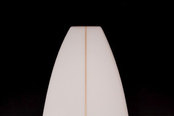 The square tail is the grand-daddy of all tail designs. Due to the extra width in the tail, the board tends to have less curve in the rails. The corners of a square tail dig into a wave while turning and help increase the ability of a surfboard to make pivotal turns. Water moves straight down the rail line, and then abruptly straight off the square edge behind the back fin. The square tail shape unloads a lot of water very quickly, which makes it a very fast tail shape. But fast isn't always pretty. Cos all the water's shooting off a straight edge with no finesse to the flow, the squaretail tends to turn like an ADD toddler who's just eaten a packet of jelly tots - it jumps from rail to rail, with little subtlety in between. Not much buttery smoothness here. The square results in a wider tail, so this keeps plenty of volume behind the forward fins, and this helps heaps with flotation. Is it for you? Good on beginners boards cos helps with stability, and good for small wave boards where the extra volume helps in the mushy stuff. Squash tail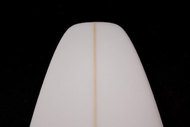 This is the most common tail for shortboards. It's a variation of the square tail. Basically a square tail that a rat nibbled the edges off. The adapted squaretail has the benefits of quick release and width for flotation, but the rounded curves provide some subtle modulation in turns. The water is not longer spewing off a sharp edge and forming turbulent eddies, it's now flowing in a cleaner line. The rounded ends give the board more hold than a hard edge square tail. A squash tail is very versatile as it is designed to give you better control in steeper and bigger waves as well as softer waves.This makes the board very responsive and easier for sharper and looser turns. The corners allow for more pivotal, abrupt turns off the bottom or on the face, but will provide less release off the top. The rounded corners provide a bit more bite and control than the round tail, and the square end allows the board to release. This tail design relies on the tri-fin setup to maintain control. The shape still gives you some width, which increases the surface area in the tail. More surface area means more lift, or easier to plane and maintain speed. Useful for the slower spots of a wave. Is it for you? Probably the most common tail on shortboards, so you can't go wrong with it as an all-rounder. Rounded pin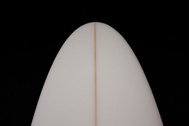 A rounded pin is basically a pintail with a bit more width and curve. It allows water to wrap around its contour for better traction than the square tail in bigger, faster, hollow waves. The little bit of extra width that a true pintail increases the surface area and results in more lift. More lift allows the board to be more lose and easier to turn than it a proper pin tail. Water flows off the tail and rails in a diffuse fashion, in a wide range of angles. Since it has a lot of options in that nice curve toward the final pin, the water takes more time to break free. So you don't have the raw acceleration of a square or squashtail, but what you do get in heaps is control and subtlety of turning angles....think drawn out turns not snaps. They’re going to be fitting into the wave tighter and giving you more control over your board. The narrower tail area fits better into barrels than either square or squash. A common tail shape among elite pros, particularly in surf over six feet. Is it for you? Yip - if you're surfing hollow, barreling surf from shoulder high to nearly double overhead. Swallow tail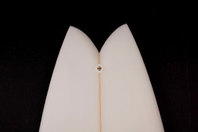 The tail of the board curves down to two points as in a squash, but the area between those points is decreased by a vee cutout resulting in two soft points. The decreased area between the corners and more pronounced points give the board more “bite” and control in critical maneuvers, as well as when going into and out of turns. The two points on the swallow tail act sort of like dual miniature round point tails, but without the pronounced “tracking” that a pin or rounded pin provides. The swallow tail is related to the squash tail in that it provides more surface area from rail to rail, allowing for planing speed and lift. It blends a square's instant rail fall-off with some of the pin's tube-fitting and turning subtlety. Swallows release concave bottoms better than most other tail shapes and also allow a wider tail shape, which makes 'em popular among some high performance surfers in small waves. They work well on fish type surfboards, which often tend to have a pronounced swallowtail, as this compensates for the wider, straighter outline of a fish which is more difficult to maneuver. Is it for you? These tails are generally good for small to medium surf, although you fill find them on step up and semi guns because the gap allows water to flow freely between the two ends and holds a hard turn well which helps when going fast and doing big turns. But mostly the design’s suited to small, playful types of conditions when you want to slide the tail around a lot. Bat tail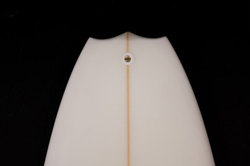 It’s a tricked out version of the swallow tail and essentially performs the same way. As the name implies this tail shape resembles a bat creating three points for the surfer to pivot off of when turning their surfboard. This is very similar to the swallow tail but has an extra point in the center. It keeps the tail wider so the rails can run straigher down the length of the board. Mostly it's cosmetic as it functions much the same as a swallow, although there is a school of thought that the center point of the bat tail adds a bit more stability. They seem to work well for quads where the sharp point in the centre of the tail might givea little extra drive in the absence of a middle fin. Is it for you? Get a bat tail surfboard if you love your swallow tail but find that it’s a bit too loose. Wings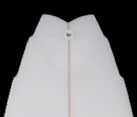 Some surfboard tails feature “wings” along the edge of the rails. These wings are added to the tail of the surfboard to help the surfer maintain control at high speeds, especially when making turns. The wing is really not a tail shape but more of a rail shape. It can be seen as the bump in the rails just in front of the front fins. Don't be confused and think that this is a different tail shape. The tail shown on the left is still a swallowtail. Just remember that the board also has a wing. Is for you? Wings are often featured on surfboards with wide tails that may “slide” during turns due to the wide tail area. The wings add that necessary extra hold. So there you have it. Heads or tails. Your call.....
1 Comment
|
AuthorMillerslocal Archives
July 2021
|
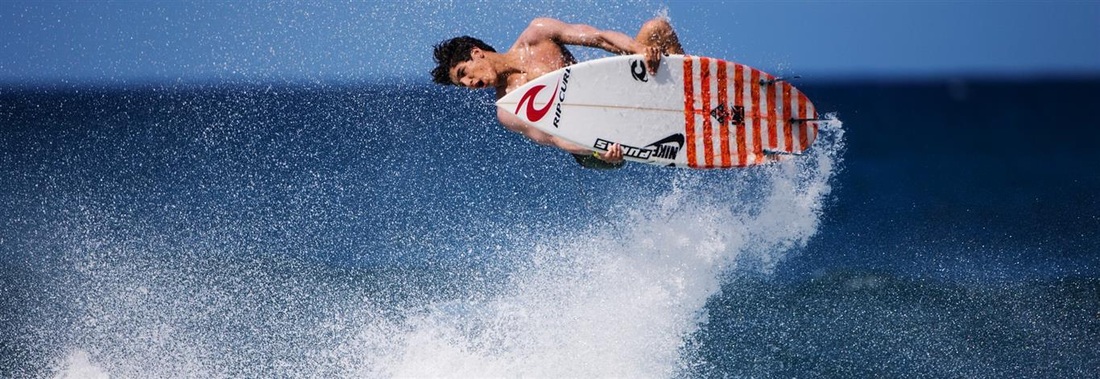
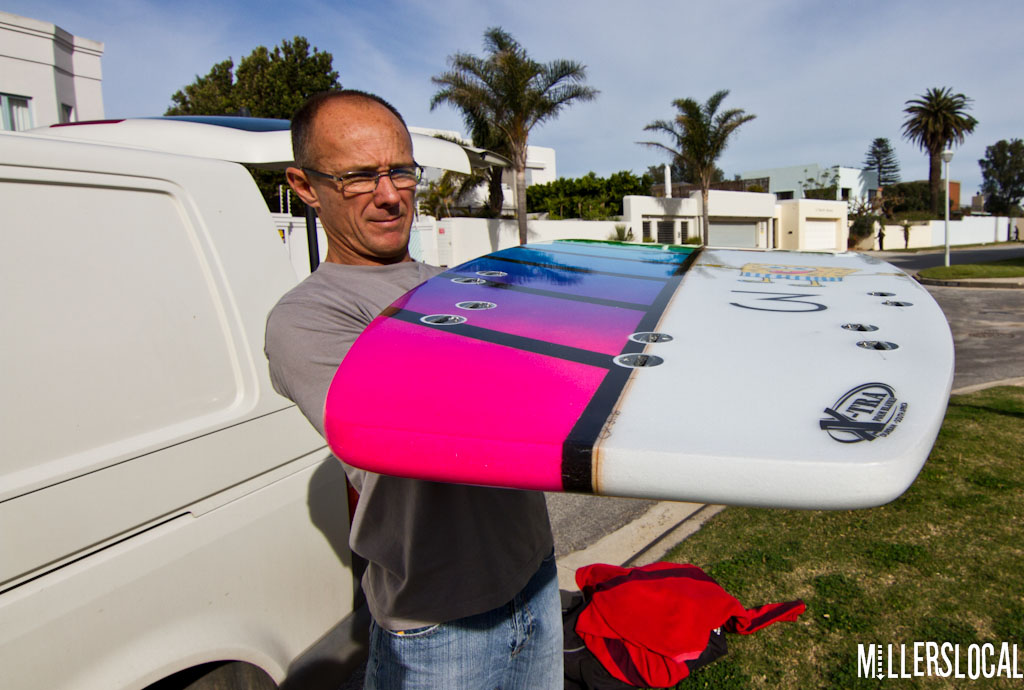
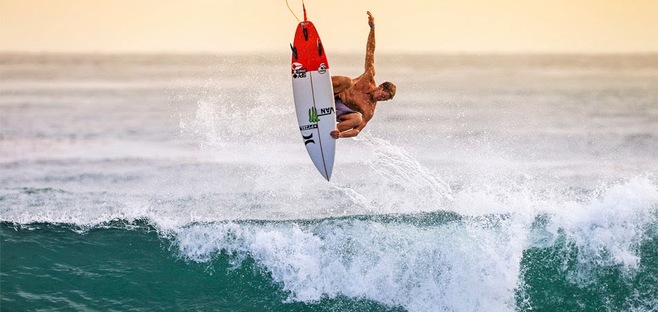
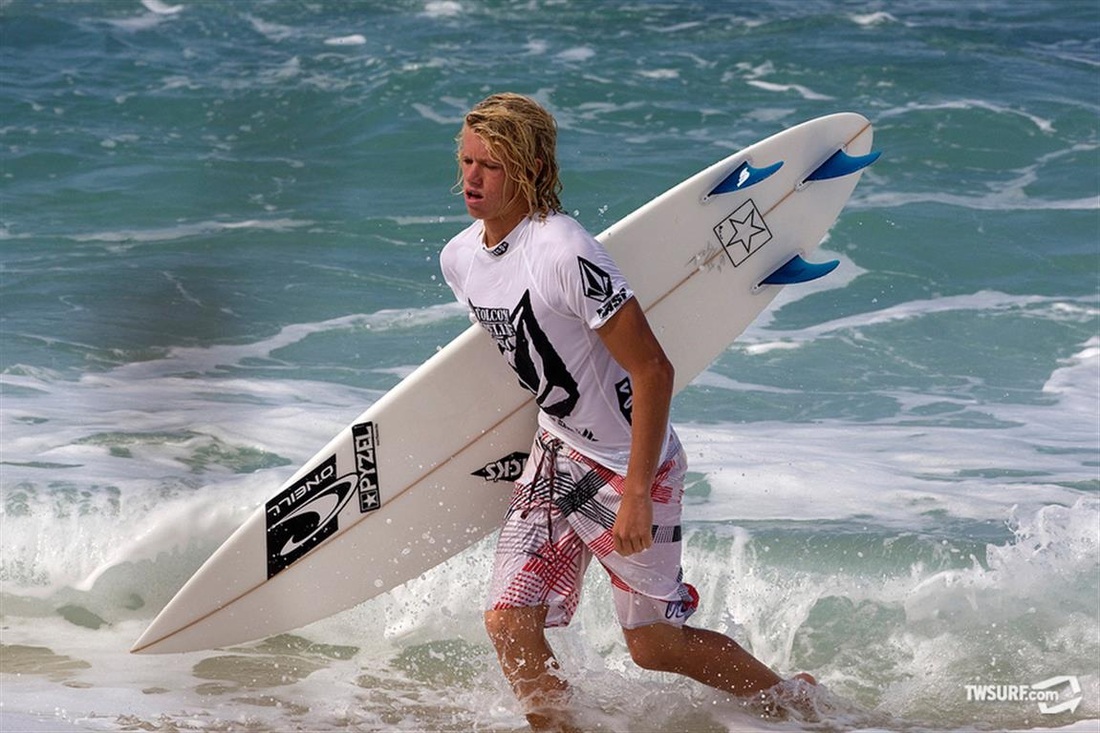
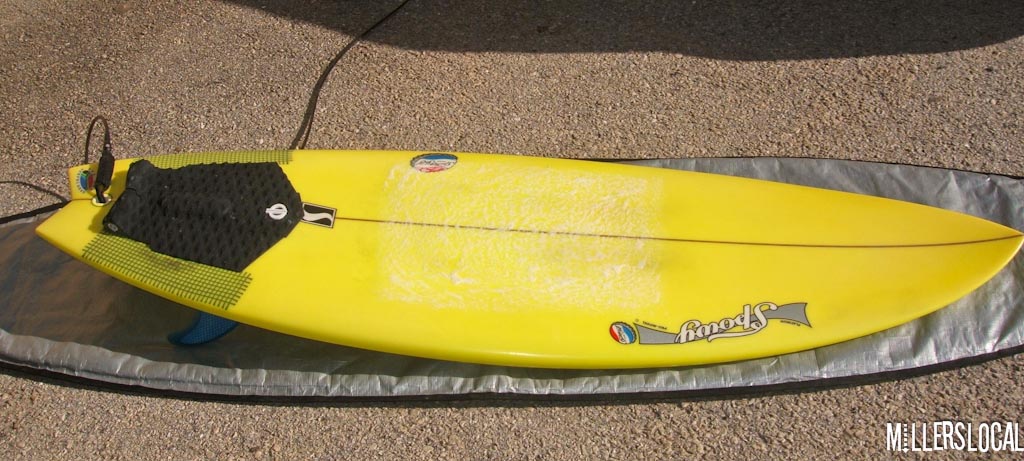
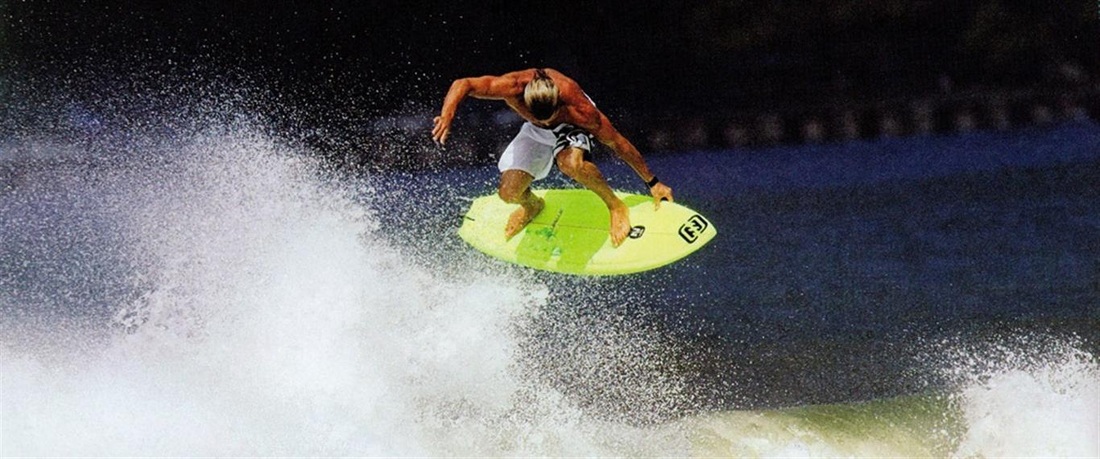
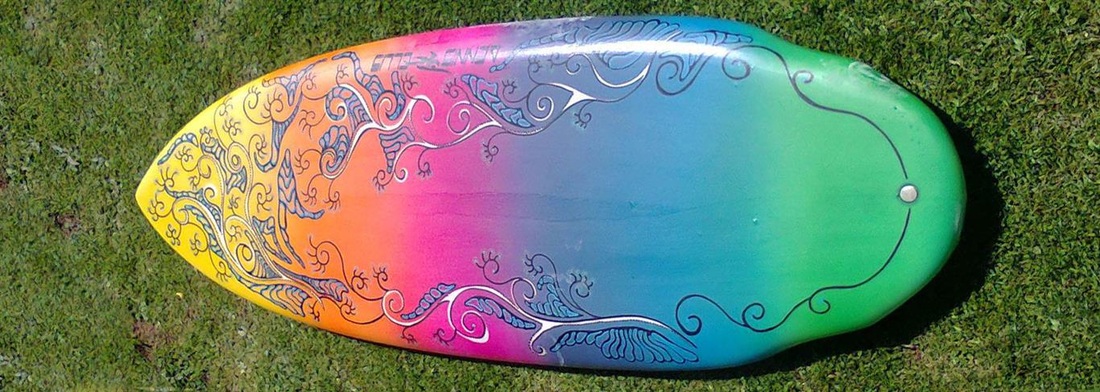

 RSS Feed
RSS Feed
